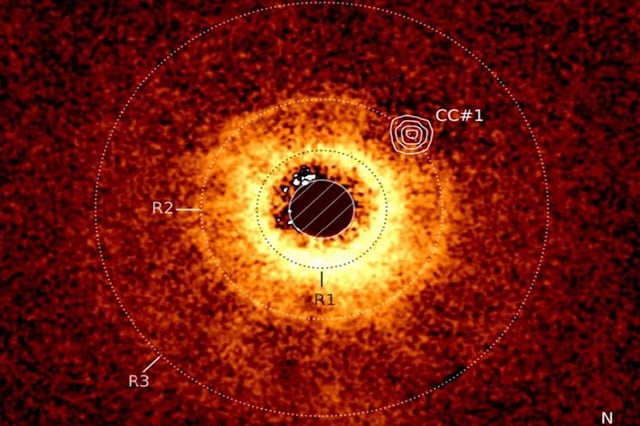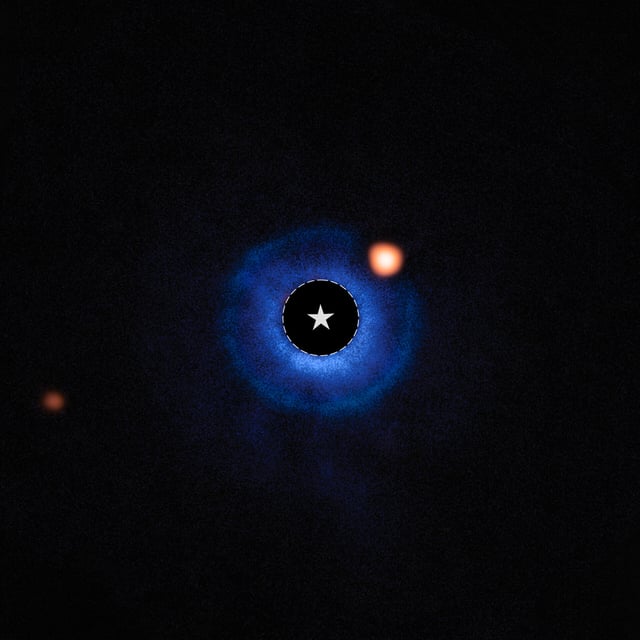Overview
- The telescope’s first discovery of a new world via direct imaging was announced June 25 in Nature, unveiling exoplanet TWA7b.
- TWA7b orbits a 6.4-million-year-old star 111 light-years away in the Antlia constellation at roughly 52 astronomical units.
- Scientists used the MIRI instrument’s coronagraph to mask the star’s light and reveal the faint planetary signal.
- At about one-third the mass of Jupiter, TWA7b is the lightest exoplanet ever directly imaged, highlighting JWST’s sensitivity to smaller, colder planets.
- The planet sits within a gap in its host star’s debris disk, offering new insights into early planetary formation and disk-planet interactions.



